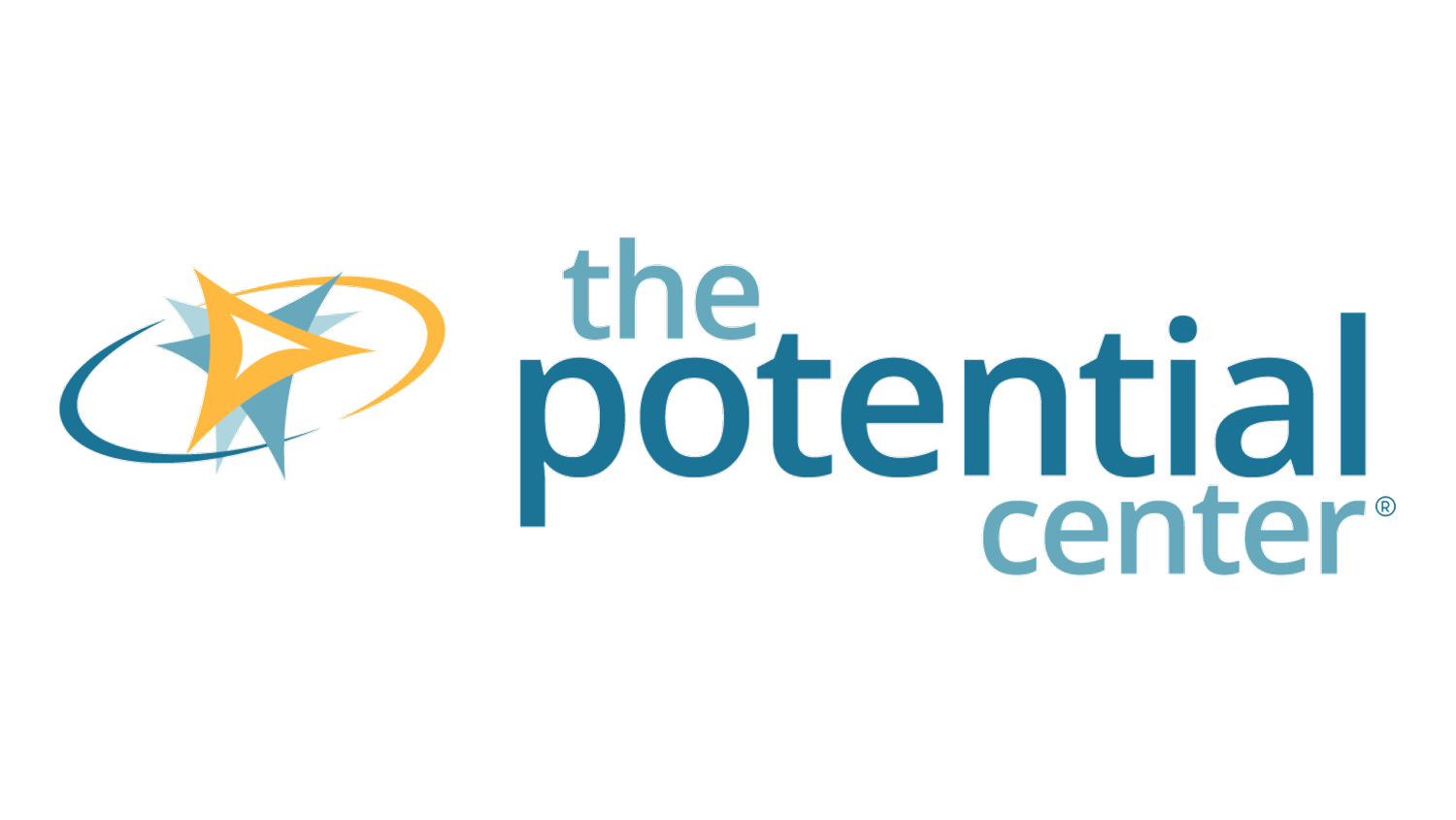“Human-Centered Design” and Innovation
Human-centered design CAN be applied to technology innovations
Is the concept of “Human Centered Design” in relation to innovation new to you?
At a conference I attended recently in the sustainability sector, I was chatting with a young entrepreneur. She hadn’t fully formed her idea yet, nor did she know what approach she was going to take to bring her innovation to life. She had been guided by Human Centered-Design (HCD) in a previous role, and wondered in what ways it might provide insight in developing her tech-based innovation.
She was worried that HCD and technology innovation were mutually exclusive. I pointed out that every technical product – for that matter, every product, service, or system – is used by people. The premise of HCD is to look at the product, service, or system through the eyes of the user. We know this more commonly as UX, user experience.
Her question is valid because, undeniably, many innovations are in technology. However, innovation and Human Centered-Design are not mutually exclusive. Even AI is ultimately designed for the end user.
HCD goes beyond UX, in that HCD goes deeper into the user’s experience to find out more about their issue, how they respond emotionally to that issue, and the problem they really want to solve.
HCD is woven into Phase 1 of Light Bulb Thinking™ *: Planning. Before you and your team go into a brainstorming session, it’s important to determine the problem you’re trying to solve… otherwise you’re likely to spend valuable time and money coming up with the wrong solution. Knowing who will be using your product, service, or system, or who will be in the audience for your marketing campaign, is the first step to developing an innovative solution.
* Light Bulb Thinking™ (LBT) is a framework that uses curiosity, critical thinking - and fun! - to help teams generate systematic inspiration and creative solutions, and to guide leaders as they design a culture of kickass innovation.
Case Study: Allcove
Allcove has redesigned the help-seeking experience for youth. Their mission is to provide space for youth to find community, support, advice or even just a moment of pause. Here’s the story of how it got started.
The Problem
Nearly half of all lifetime mental illness cases in the U.S. begin by age 14, yet 79% of the youth in need of care don’t access it – support is either not easy to find or not available to all. Stanford University’s Department of Psychiatry's Center for Youth Mental Health & Wellbeing wanted to make it easy for youth to walk in to a supportive space and tackle challenges, big or small.
The Dept defined the problem as: How might we create a non-judgmental space where teens can press pause and seek help?
The Inspiration
To help answer this question, they took a HCD approach and asked: What does it feel like to be a 16-year old?
They came up with these pressure points:
· Parents expect support at home
· Siblings demand attention
· Teachers insist on excellence
· Friends want constant online engagement
Any one of these is a stressor. Taken all together, these expectations can feel unreasonable and produce an undercurrent of constant tension.
The Process
The team spent a lot of time co-designing with high school and community college students. A youth advisory group of 27 teenagers contributed to every step of the process—from sharing about their lives to determining what the physical spaces would look like and how staff would behave.
The design team created a low-tech prototype of what the space could look like from existing furniture, cardboard, and tape. There were also exercises where members of the youth advisory group acted out their ideal greeting experience when they entered the center. This informed an “experience playbook,” a model for interactions that would be carried out by service providers and support staff.
The Outcome
Based on the strength of the co-designing process and prototyping, California state allocated $15m in innovation funds to open two integrated youth mental health centers - the first in the nation.
Today both centers are going strong and provide support in the areas of mental and physical health, education support and career coaching, peer support, and community.
(With thanks to IDEO)
Food for Thought
What can you and your team draw from Allcove’s experience?
Even if you’re in the business of technology, lessons can be applied – the more you push your brain to create a bridge to your own operations, the more likely you are to come up with an innovation for your organization. I’d love to hear if you come up with something exciting!
I believe that, with the right support anyone can learn creative ways to solve problems. If you’d like to see what tapping into creative potential could look like at your place of work, contact me at Ellia@ThePotentialCenter.com to arrange a call.


